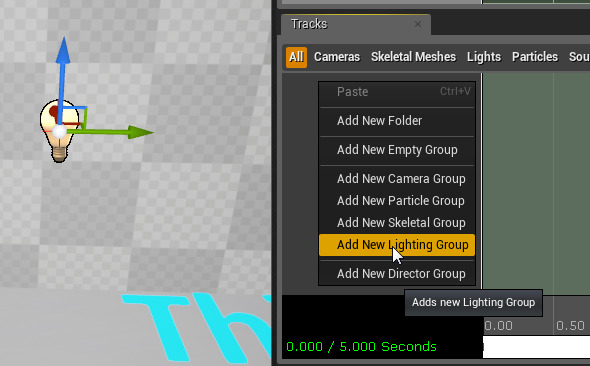
Specular means that light is perfectly reflected in a mirror-like way from the light source to the viewer. The default Diffuse color is LT Gray, which is a combination effect of color white with 75% intensity. The light comes from a particular angle and reflected in all directions. It is brighter if the incident light is vertical to the surface than the incident light come from other oblique angle. The default color is Black, which means the ambient light does no contribution for the surfaces.ĭiffuse light depends only on the angle of the light to the surface. The light, the direction of which is undetermined, seems from all directions. As White light is the effect of combining the visible colors of light in suitable proportions, when the white light shines on the surface, some of the light is absorbed based on the color of the surface material at the shone point, and some light is reflected as below three different types of light respectively.Īmbient light is the light that have been multiple scattered by the environment and distributes evenly. To represent the lighting and render the 3D surface, Origin offers three different types of light colors to represent reflection, Ambient, Diffuse and Specular. Since the blue reflected light is detected by our eyes, we say the sky is blue. For example, a sky appears blue in our eyes, this is because the atmosphere absorbs all colors in the visible light except blue. That's why we can see the colorful world.

Our visual perception is based on the reflection and absorption of light. Drag with your mouse or use arrow keys to change lighting source direction. Press the "S" key while hovering on a 3D openGL graph. If the surface is rotated, the light rotates with it. In opposite,if this check box is unselected, the light source is fixed relative the surface. The dynamic light source means that the light source is fixed according to the specified horizontal and vertical direction, and wouldn't rotate with the surface. An angle of 90 degrees places the light source directly overhead and shining down onto the map and -90 degrees means the opposite. In the vertical plane, zero degree places the light source at the horizon and shining horizontally. For example, 90 degrees places the light source to the north of the unrotated surface.

With the degree increasing from 0 to 360, the light source rotates in a counterclockwise direction. In the horizontal plane, zero degree means the light source comes from the east toward the west. The light source direction is defined by angles in both horizontal and vertical plane. Also, for flat surfaces affected by a directional light, the degree of shading will be the same right across the surface. That means any ray approaching an object is always the same at angle. The light rays of directional light are, to all intents and purposes, parallel, just like the light from the Sun. The directional light is the simplest light, comparing with the spotlight and pointlight. Origin supports directional lighting mode. And its source direction and color could be customized. The lighting effect could be turned on by changing the Lighting Mode to Directional Mode.


 0 kommentar(er)
0 kommentar(er)
